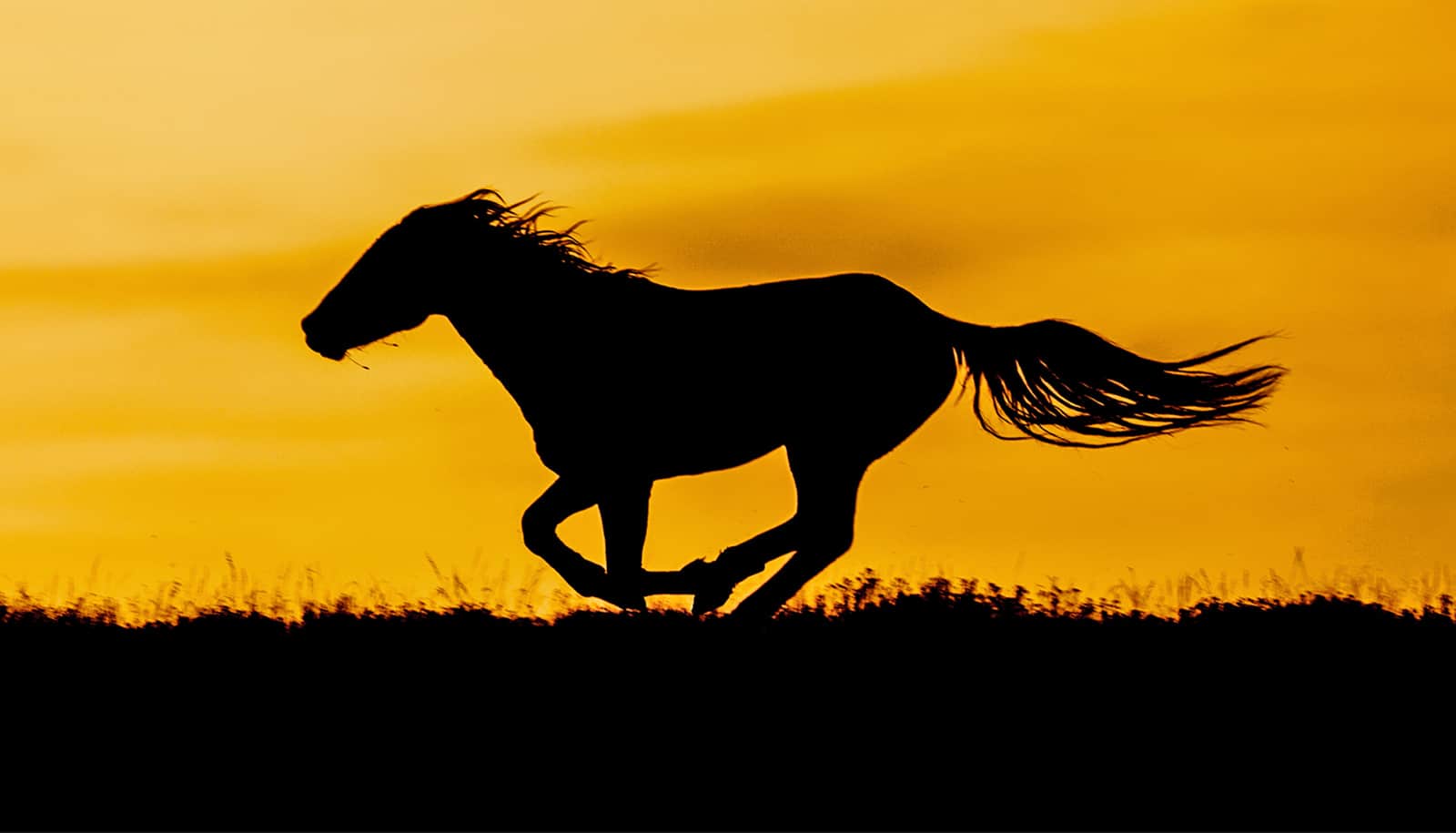New research suggests our earliest mammalian ancestors used powerful night-time vision to find food and avoid reptilian predators that hunted by day.
The study, published in Scientific Reports, used genetic data to support existing fossil evidence suggesting that our distant relatives may have adapted to life in the dark.
Researchers examined genes involved in night vision in animals throughout the evolutionary tree, looking for places where those genes became enhanced.
“This method is like using the genome as a fossil record, and with it we’ve shown when genes involved in night vision appear,” says Liz Hadly, professor of biology at Stanford University and senior author of the paper. “It’s a very powerful way of corroborating a story that has been, up to now, only hypothesized.”
Mammals and reptiles share a common ancestor, with the earliest mammal-like animals appearing in the Late Triassic (about 200 million years ago). Fossil evidence suggests that early mammals had excellent hearing and sense of smell and were likely also warm-blooded. All of these features are common in their descendants, the living mammals, most of whom are nocturnal. Therefore, experts have hypothesized that early mammals were also nocturnal. This study offers direct, genetic evidence for that hypothesis.
To trace the evolution of nocturnality, the researchers studied genes that lead author and visiting scholar Yonghua Wu had previously found associated with night vision in certain birds, such as owls.
The team members examined those night-vision genes in many mammals and reptiles, including snakes, alligators, mice, platypuses, and humans. Using what they know about how those animals are related, they figured out when in their evolutionary histories, if ever, the function of these genes was enhanced.
From this, they deduced that the earliest common ancestor did not have good night vision and was instead active during the day. However, soon after the split, mammals began enhancing their night vision genes, allowing them to begin to roam at night, thus avoiding the reptiles that hunted during the day.
“Early mammals coexisted with early reptiles in the Age of the Dinosaurs and somehow escaped extinction,” Wu says. “This research further supports the hypothesis that diurnal reptiles, such as lizards, snakes, and their relatives, competed with mammals and may have led them to better adapt to dim light conditions.”
In the millions of years that have elapsed since mammals and reptiles diverged, natural selection and evolution haven’t stopped. Not all mammals are still nocturnal. Some groups of mammals have reoccupied the day, adapting in various ways to daylight activity. These animals include cheetahs, pikas, camels, elephants, and, of course, humans.
“Understanding the constant pressure to get better at seeing the world at night for over 100 million years is a beautiful way of thinking about evolution,” Hadly says. “We think of it as something simple—seeing in the light or the dark—but these genes are being constantly refined and altered by natural selection.”
This frog took a bizarre path to see blue
The methods in this study could apply to different areas of the animal evolutionary tree to learn more about the evolution of vision, including how humans made the switch to bright-light vision. This study is also an example of how little information we have about the first mammals, compared to what we know about our ancient and more compelling reptile cousins, the dinosaurs.
“When people talk about the dinosaur age, even when you look at cartoons, the focus is mainly on dinosaurs,” says Haifeng Wang, coauthor of the paper and postdoctoral research fellow with Stanley Qi, an assistant professor of bioengineering. “This ancient period is an important piece of the story of our evolution too. We want to know better what the mammals were like then.”
Hadly is also a senior fellow at the Stanford Woods Institute for the Environment, faculty director of Jasper Ridge Biological Preserve, and a member of Stanford Bio-X.
Funding came from the National Natural Science Foundation of China, the grant of China Scholarship Council, the Fundamental Research Funds for the Central Universities, and Stanford University.
Source: Stanford University



